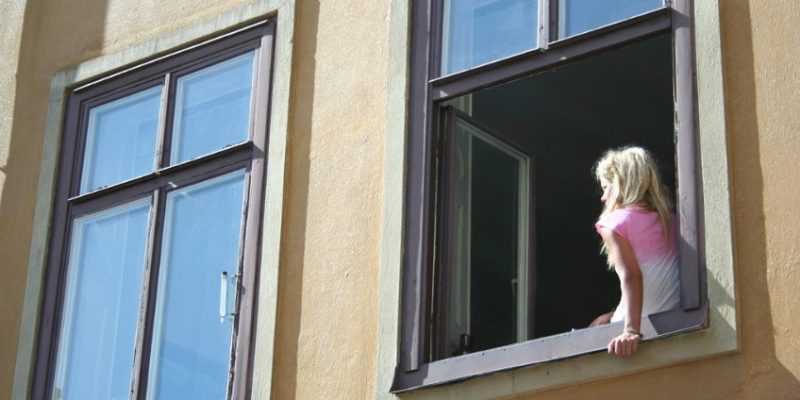For many people, one of the best things about sunlight is the fact that prolonged (though careful) exposure will result in a healthy-looking glow. It’s a big reason why holidays in the sunshine are so popular.
Unfortunately, unless you lead a particularly active and outdoor lifestyle, the chances are that you’ll get most of your sunlight through a pane of glass. Which raises a question: is it possible to get a tan through a window? The answer – in short – is no. In order to understand why, it’s important to understand exactly what tanning is, and what influence a pane of glass might have on it.
What is tanning?
The human body is remarkably good at adapting to new stimulus. When we’re exposed to a new sort of harmful virus, for example, our immune systems will react by dispatching hordes of antigens to deal with the problem.
The same is true of ultraviolet radiation. When we’re exposed to it, a specialist type of skin cell will react by producing melanin – the substance that gives your skin its pigmentation. The more melanin in your body, broadly speaking, the better protected you’ll be against ultraviolet radiation. This production tends to be triggered by UV ‘B’ exposure, and will result in increased melanin production a few days after you’ve been exposed. This will last for a few weeks or in some people, even longer.
The second process which causes tanning comes as a result of stress on your existing melanin, which will darken in response to UV exposure – and specifically to UV ‘A’ exposure. This sort of tanning comes about almost immediately – but will disappear almost as quickly.
Of course, genetics also play a key role in determining melanin production – if you’re a red-headed, fair-skinned person whose ancestors came from the freezing Scottish highlands, you’ll likely burn a great deal more easily than a naturally olive-skinned person whose ancestors lived in Southern Spain.
Why do windows prevent tanning?
A set of double-glazed windows will act like a layer of sunscreen, or the o-zone layer which surrounds the planet. Some ultraviolet light will get through – but only the least harmful wavelengths, and only in very small quantities. This means, effectively, that we won’t be able to tan very easily – if at all.
That said, this shouldn’t imply that we need grant ourselves carte blanche to soak up the sunshine from behind a pane of glass – it’s surely no coincidence that the majority of skin cancer diagnoses in the US occur on the left-hand side of the body – the driver’s side.
Can you absorb vitamin D through windows?
Another benefit of UVB rays is that they promote the production of vitamin D – which is crucial for bone growth and other body functions. Since most glass windows block this frequency, it’s crucial that you get out into the real sunshine when you can – just be careful to only stay in the sun for as long as you need to absorb vitamin D – you do not want to burn!
Exactly how long this will take depends on your skin type, the time of year, and where you are in the world. However on an average hot summer day, a very fair skinned person will only need about 4 minutes sun exposure to absorb the right amount of vitamin D. Very dark skinned people will need about 20 minutes.


